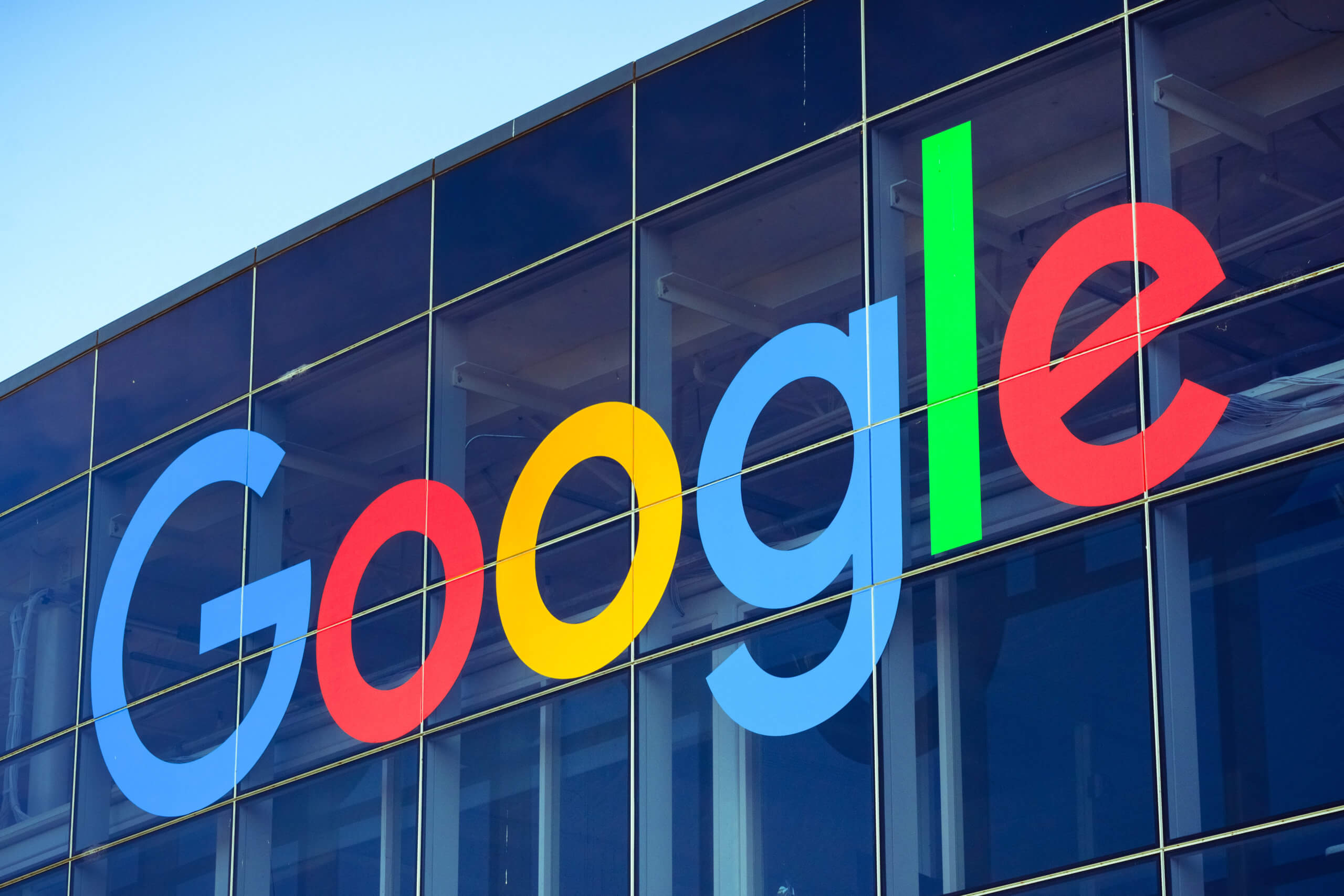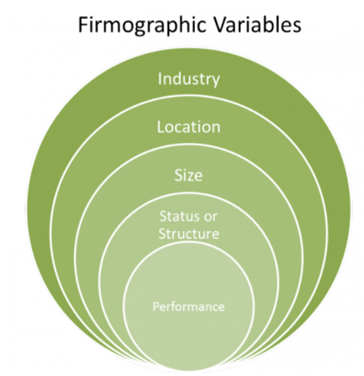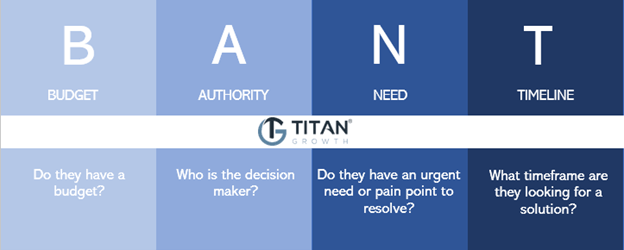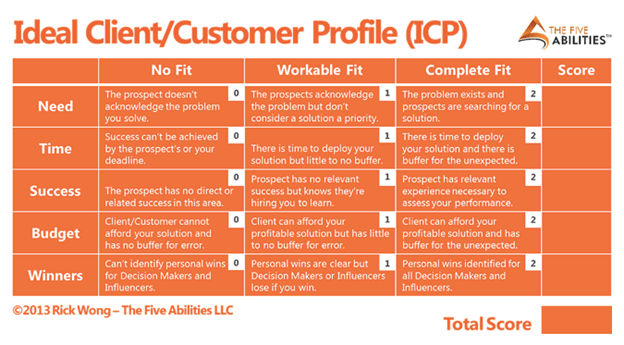“Which is better: SEO or PPC?”
There’s a loaded question for you. It mistakenly assumes one is better than the other. Still, pitting SEO vs paid search marketing is one the most common things businesses do when first trying to tackle digital marketing — much to their bottom line’s detriment.
Which is why we recommend figuring out instead:
“Which will provide the best return for XYZ goal: SEO or PPC?”
A little less zingy, but a whole lot more valuable.
Below, we’re going to help you answer that second, far more profitable question. We’re going to look at the difference between SEO and Paid Search, their pros, their cons, and — most importantly — which is the better investment per your business’s specific goals.
Why You Should Care About SEO and Paid Ads
Many say SEO and Paid Search are the two pillars of digital marketing. A quick look at some organic and paid search stats, and we quickly see why.
Overall, organic and paid searches are responsible for 68% of all website traffic:
- 53% of site traffic comes from organic search
- 15% of site traffic comes from paid search
Those figures are averaged across all industries. (The numbers fluctuate according to industry. For example in B2B, organic accounts for 64% of traffic. For eCommerce, paid accounts for nearly 24% of traffic.)
What’s more, it’s been found that paid and organic search generate 72% of revenues.
Maybe we should take a moment to let that sink in.
Research shows that combined organic and paid search bring in two-thirds of all revenue. That’s crazy high. That’s why you should care about SEO and paid advertising.
What is SEO?
Search engine optimization (SEO) is the process of improving the visibility of your website and webpages in organic results of search engines, like Google and Bing.
Mostly this means trying to get your webpages to rank higher and brand to take up more real estate on search engine result pages (SERP). This is accomplished by optimizing your online content to appease search engine algorithms, which calculate the quality and relevance of your pages, and rank you accordingly.

Pros of SEO
- Less expensive long term
- Requires less maintenance
- Generates consistent, sustainable traffic
- Builds brand trust and credibility
- Wider potential reach
- Higher ROI long term
Cons of SEO
- Takes longer to produce results
- Poor for time-sensitive content
- Provides less control over performance
- Provides vaguer analytics
Want to know more? Check out the top benefits of SEO.
What is Paid Search?

Paid search is the process of paying to improve the visibility of your website and webpages on search engines, or their partner sites. It is often referred to as pay-per-click (PPC) advertising.
The hope is to deliver these sponsored ads at the very top of SERP. This is accomplished through bidding and keyword targeting. Costs are most commonly incurred each time they get clicked (cost-per-click or CPC) or by how many people see them (cost -per-thousand or CPM).
Google, Bing, Facebook, Twitter, Instagram and Amazon all provide PPC advertising platforms.
Pros of Paid Search
- Quick to produce results
- Useful for time-sensitive content
- Provides more control over performance
- Laser-focused audience targeting
- Provides detailed analytics
- Higher ROI short term
Cons of Paid Search
- More expensive short term
- Requires more maintenance
- Grows less effective over time
- Can require bigger budgets
The Difference Between SEO vs Paid Search
The biggest differences between SEO and paid search ads are:
- Placement on SERP
- Real estate on SERP
- Cost for Placement
SEO vs Paid Search: Placement on SERP
Paid ads appear at the top of search results. They dominate above-the-fold, and will always be the first thing a user sees. They take up to the first four snippets on desktop and three on mobile. Sometimes paid ads appear at the bottom of the page, making them the last thing a user sees, as well.
Organic search results take up the remaining 10 snippet spots on a page, but users have to scroll down the page past paid ads just to get to the top ranking organic results.
SEO vs Paid Search: Real Estate on SERP
While paid ads come first, organic content takes up more space. Paid ads always appear in the same spots, and are confined to how much real estate they can take up on a page.
Organic SERP content is more flexible.
Not only can page snippets expand and provide additional branded info, thanks to stuff like FAQ schema. But brands can use SEO to appear in additional areas of a results page with rich snippets, the local Map Pack, and the Knowledge Graph. All together this provides a ton of potential real estate for brands to promote on SERP via SEO.
SEO vs Paid Search: Cost of Placement
Paid search has a direct cost, in that businesses must pay for their ads to appear on SERP (via CPC or CPM). As a result, the costs associated with paid search ads can escalate quickly.
SEO has no direct cost. Placement in organic results is provided for free by search engines, making it a much more cost-effective strategy over the long term.
Of course, both SEO and PPC have indirect costs. Such as the costs it takes to create and develop online content and maintain it.
SEO vs Paid Search: KPIs
Two of the best key performance indicators (KPIs) for both SEO and PPC are:
- CTR: Click-through-rate
- CVR: Conversion rate
According to the latest data, the top result in Google’s organic search results provides an average CTR of 31.7%. (The second and third spots yield 24.7% and 18.6%, respectively.)
Paid ads on Google have an average CTR of 5%. Their average CVR is 3.75%.
While calculating an average conversion rate for SEO is difficult, it’s been estimated that overall organic search results are 8.5x more likely to be clicked, while paid search ads are 1.5x likely to convert. That would give a CVR for SEO of 2.5%, roughly.
Which Strategy is Best for Your Business Goals?

To the crux of the matter.
We’ve shared the differences between SEO and paid search. We leave it up to you to decide which is better. (Hint: They’re both great.) Now we want to focus on what really matters, and speak in terms of specifics to your business.
To do this we’ve listed the most popular goals brands set for their digital strategies. We’ll see how well each — SEO vs Paid Search advertising — stack up, and determine the one you would be better off implementing.
Goal: Instant Results
Edge: Paid Search
If you want to generate immediate sales, paid search is the way to go.
Purchase intent is a fickle beast. Consumers are quick to change their mind so it’s crucial brands get in front of them when they possess strong purchase intent. PPC advertising is the fastest way to reach customers primed to buy on search engines.
SEO takes time to implement and return positive results. PPC allows for more immediate results.
As such, paid search is a great short term solution for promoting your products and services, especially if you provide seasonal or time-sensitive offerings.
So when you feel the need for speed, go with PPC.
Goal: Exposure
Edge: SEO
The goal of greater exposure boils down to potential reach. In that regard, SEO has the edge over paid search.
Not only does SEO provide the opportunity to fill up more SERP real estate with branding, but a comprehensive SEO strategy will allow your website to rank on multiple search engines and for multiple search queries, with little additional effort or cost. In order to similarly serve paid ads you need to create multiple campaigns and ad sets on a variety of different platforms, which takes time and can get very costly.
With SEO you can expand your overall reach exponentially and ongoingly with a single piece of content. And although paid search may have better targeting overall, nothing can compete with the influence SEO has over local exposure.
Goal: Audience Targeting
Edge: Paid Search
Knowing your audience and effectively targeting them is an important part of any marketing strategy. SEO can target specific queries, but any other targeting beyond that is very limited. The targeting methods of paid search on the other hand know no bounds.
PPC advertising affords the most comprehensive way to target your ideal customers.
The sheer variety of targeting tools PPC ad platforms provide is mind-bogglingly awesome. Enough to make any digital marketer giggle with delight. You can segment your audiences by age, geographical location, gender, affinity, language, device, lookalike audiences, parental status, income, in-market interests, keywords, online activity, and several other factors to ensure your ads are being served to the right people at the best possible times and excluded from negative audiences.
Goal: Credibility
Edge: SEO
The long term success of brands live and die by their online credibility. Trust and goodwill leads to repeat business. Authority and expertise attracts new customers.
Advertising can come across as contrived and intrusive, especially when poorly designed. As a result, users tend to trust paid search ads less.
SEO on the other hand is all about building trust.
Search engine algorithms place a lot of emphasis on EAT content. That’s content that conveys Expertise, Authoritativeness, and Trustworthiness. A high rank gives your business a stamp of approval. Anyone with enough money can pay to be in the top spot for PPC, but brands have to earn the top spot in organic results. Users know this. They often scroll past search ads because they trust organic results more.
To improve your brand’s credibility with SEO, start by targeting attainable, less competitive keywords and move towards higher volume targets as your website and brand become a source of reputable content. Make sure you create high-quality EAT content and relevant backlinks.
Goal: Scalability
Edge: SEO
Scalability defines how easy it is to increase returns, such as impression, traffic and click volumes, as well as customers, revenue and profit. Done correctly, over time, SEO can create a significant source for all those returns. That’s because the best organic optimizations compound over time.
The same can’t be said for paid search. In fact, quite the opposite.
PPC ads have short lifespans compared to organic content. (Typically lasting one to two months, at best, compared to several years for organic.) Their returns start to diminish after a short period of time. And the second you stop paying, their returns dry up completely. All this makes it impossible to cost-effectively scale your advertising.
SEO can sustain growing returns over the long term. To accomplish this, we recommend building a majority of your SEO content around evergreen content (i.e. content that will not grow outdated). That way you ensure your content is strongly positioned to sustainably scale.
Goal: Control
Edge: Paid Search
Having control over your marketing operations is essential for accurately calculating budgets and schedules. To that end, paid search provides far more control than SEO.
Google algorithms have the final say on what ranks where with organic content. While the right SEO experts can circumnavigate Google’s algorithms to provide the best results, it still makes it more challenging to control your marketing. Especially since SEO changes can take days, sometimes months, to effectively appear in search results.
Paid search ads, however, are unaffected by organic Google algorithm updates.
Your budget dictates performance, not Google. Once your campaign is set up, your ads will appear as you’ve written them in the placements you’ve selected. By controlling the bid, keywords, targeting and creative, you (or a paid search expert on your behalf) determine how effective your SEM will be.
Goal: Budget
Edge: SEO
SEO typically does not require as large a budget as paid search. The right SEO agency can optimize organic strategies at minimal cost to return huge results. To get similar numbers of visitors, revenue and profit from paid search would require a much larger budget. Especially right out of the gate.
Don’t get us wrong. PPC campaigns are incredibly effective. But they can be expensive to run, especially in competitive industries. They also often cost much more to get started than SEO. We’ve seen instances where an SEO campaign with a $10K per month budget outperforms a paid search budget in the millions per year.
Goal: Beating the Competition
Edge: SEO and PPC
In today’s marketplace if you’re not performing multichannel marketing, you’re not competing. Your competitors are probably doing both SEO and PPC. And if they aren’t, you have an easy opportunity to get ahead.
Here are some of the ways in which SEO and PPC can be used together to improve your marketing efforts:
- Convert More Traffic: Drive new visitors to your website with SEO. Then remarketing to those visitors with PPC ad campaigns
- Get Betting Insight: Take the detailed analytics provided by PPC platforms and apply to your SEO strategy
- Boost Keywording Effectiveness: Use keywords from your PPC ads that generate a high CTR in your SEO title tags, headlines, and meta descriptions to boost CTR for your organic listings
Bottom Line: To succeed in SEM, businesses need to leverage both SEO and PPC in a collaborative marketing strategy.
Conclusion: SEO and Paid Search are Both Great
So, which is better: SEO or PPC?
Neither. They’re both great.
Both SEO and paid search ads can benefit your business and provide amazing ROIs. But ONLY if you know when to use them for maximum effect. Ultimately, which digital marketing channel you choose and when you use it depends on your goals.
There’s a good chance you’re looking at the goals we listed above and thinking to yourself, “But all those are my goals. So if I can only choose one which should I go with?”
If you’re unable to do both right away, rank your goals and start implementing the strategy that applies to the one at the top. Then work your way down from there. That said, we recommend taking a cue from that last goal — in order to remain competitive and dominate your industry you need to effectively implement both SEO and PPC. That’s the only way to ensure you profit from all your business goals.
Well, that and a really great support team.
Every team member at Titan Growth is a triple-certified search engine marketing expert. Contact us to learn more about how you can benefit from a partnership with our team, and use SEO and PPC to provide the best return for your goals.
















